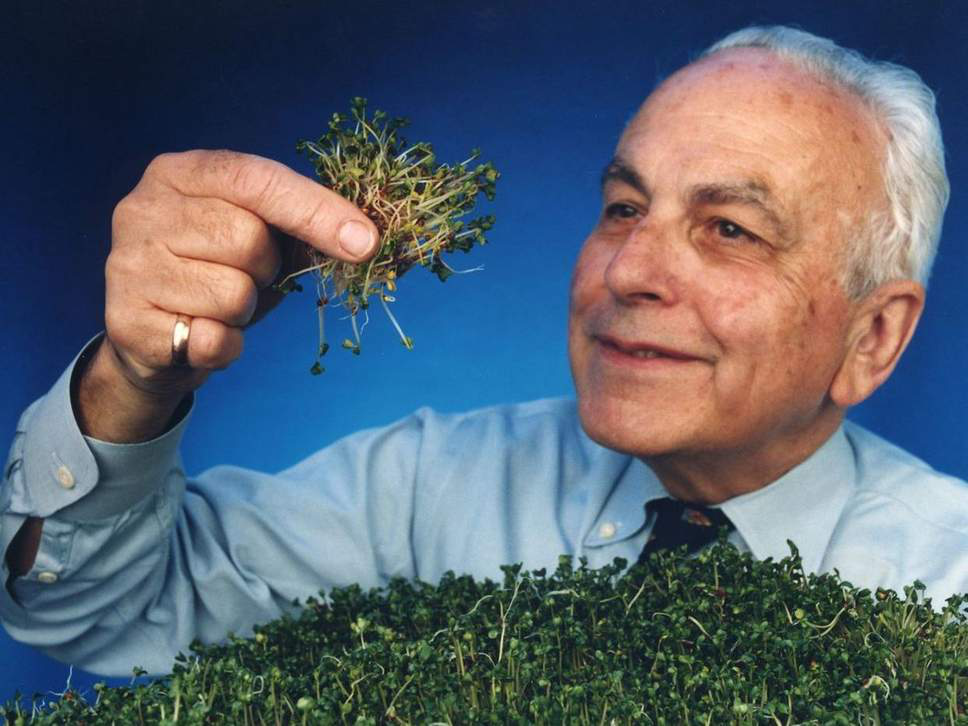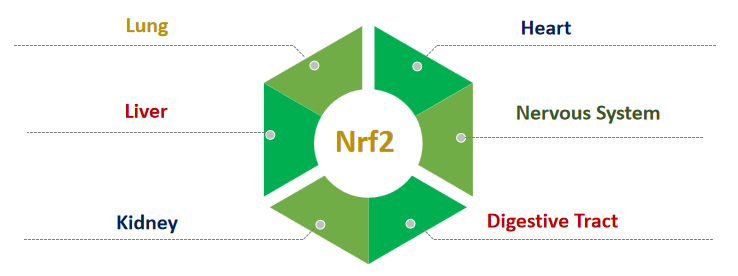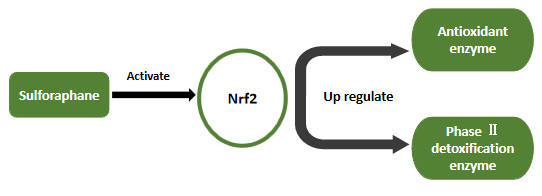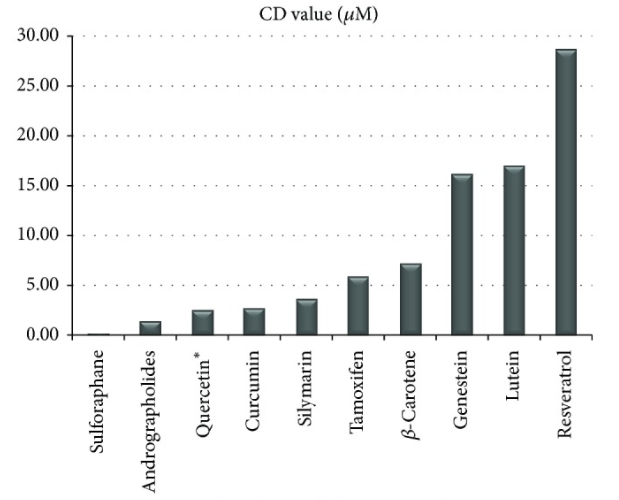In 1992, Professor Talalay of Johns Hopkins University isolated sulforaphane from broccoli and confirmed that it is a inducer of phase II detoxification enzymes. The study was published on the front page of the New York Times and received worldwide attentions, as well as being named one of the '100 Scientific Discoveries of the 20th Century'.(https://www.pnas.org/content/89/6/2399)

In 1994, Nrf2, a transcription factor sensitive to REDOX response in cells, was first discovered. Activated Nrf2 plays an important role in cell defense protection, such as inhibiting oncogenesis and anti-oxidation. Nrf2 is known as 'cell protection switch'(https://www.pnas.org/content/91/21/9926.abstract).Nrf2 exists in almost all tissues and cells of human body, after targeted activation, Nrf2 can protect a variety of organs such as lung, liver, kidney, stomach, small intestine, central nervous system, spleen cells, macrophages and so on(https://pubmed.ncbi.nlm.nih.gov/15985529/).

Sulforaphane is through activation of Nrf2, open the human self protection mechanisms to achieve the body's immune defense of full swing (https://www.ncbi.nlm.nih.gov/pmc/articles/PMC3553557).

The ability of sulforaphane to activate Nrf2 is 105 times of resveratrol, 18 times of silymarin , 13.5 times of curcumin and quercetin, and more than 250 times of the common antioxidant vitamin C (http://europepmc.org/article/PMC/4736808).

CD values refer to the concentration of a compound required to double the activity of
the Phase II detoxification enzyme, quinone reductase